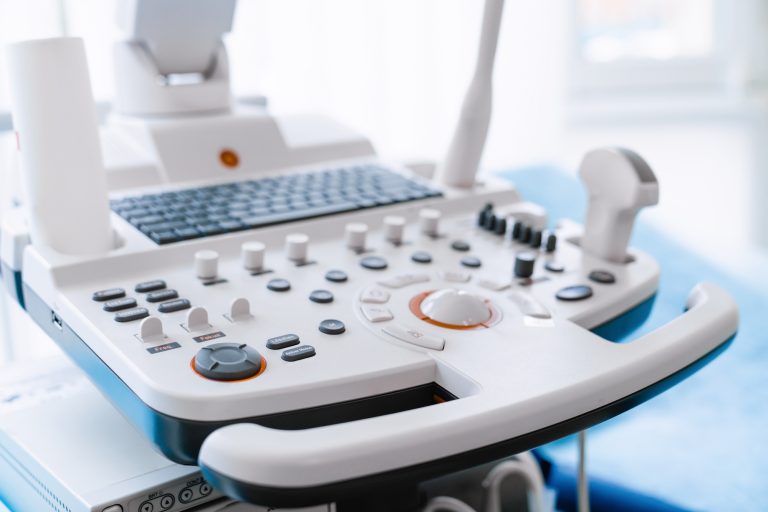Radiation-based imaging techniques, such as X-rays, CT scans, and fluoroscopy, play a crucial role in diagnosing various medical conditions. However, concerns about radiation exposure often cause anxiety among patients. While it is true that excessive radiation exposure can be harmful, the doses used in medical imaging are carefully controlled to minimize risks. Modern imaging technology has significantly reduced radiation levels, and the benefits of accurate diagnosis far outweigh the potential risks when imaging is used appropriately.
One of the biggest misconceptions is that any exposure to radiation is dangerous. In reality, radiation is present in everyday life—from natural sources like the sun and soil to man-made sources such as air travel. The amount of radiation received from a single X-ray or CT scan is typically within safe limits, and healthcare professionals follow strict guidelines to ensure patient safety. Lead shielding, optimized imaging protocols, and alternative techniques, such as ultrasound and MRI, further reduce unnecessary exposure.
Patients should communicate openly with their doctors about their concerns and ask whether an imaging test is truly necessary. In many cases, alternative imaging options that do not use radiation may be available. Additionally, medical facilities maintain records of previous scans to avoid unnecessary repeat exams, reducing cumulative exposure over time.
Pediatric patients and pregnant women require special considerations when it comes to radiation exposure. For children, imaging techniques are adjusted to use the lowest possible dose while still obtaining clear diagnostic images. Pregnant women should always inform their healthcare provider before undergoing any imaging study, as some procedures, such as CT scans of the abdomen, require extra precautions to minimize fetal exposure.
Ultimately, medical imaging is a critical tool that enhances diagnosis and treatment. With continuous advancements in technology and stringent safety regulations in place, patients can feel reassured that imaging procedures are designed with their well-being in mind. By staying informed and discussing concerns with healthcare providers, patients can confidently undergo necessary imaging tests while minimizing risks.






